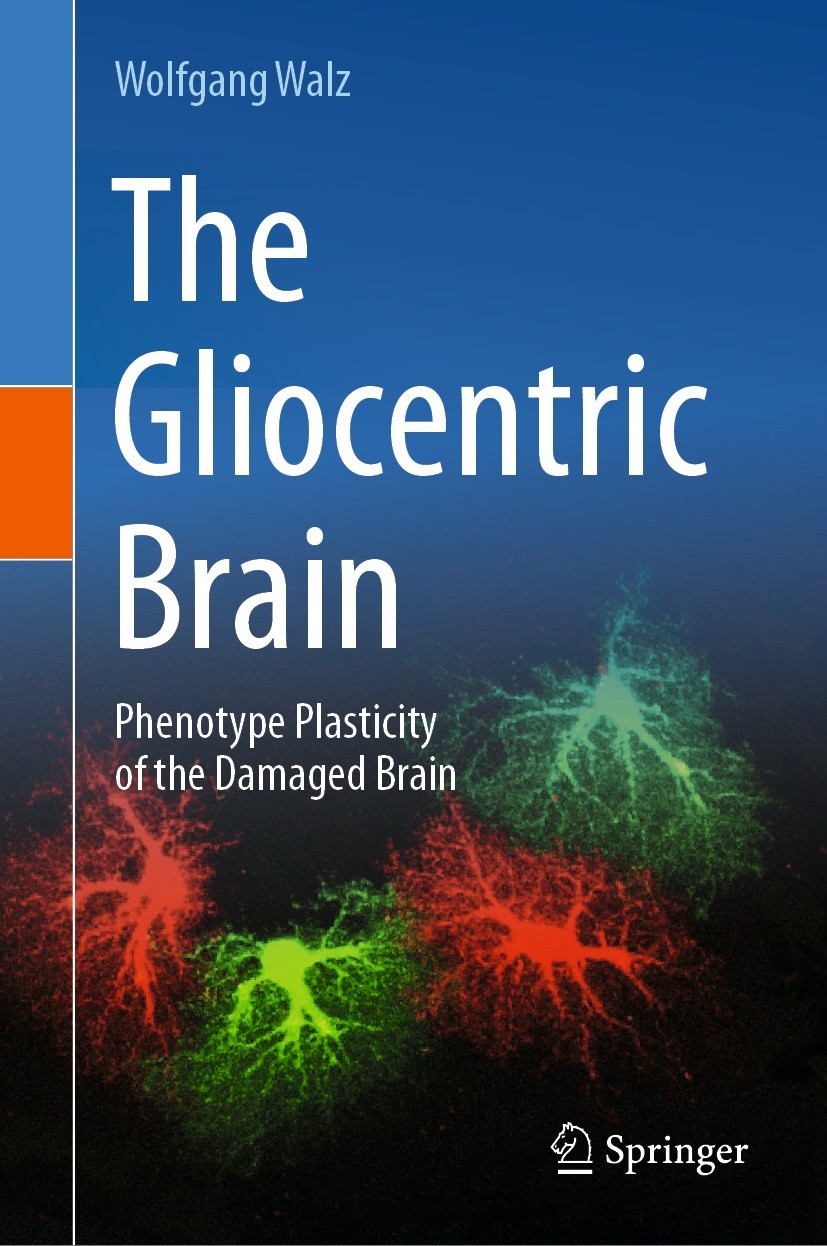| 書目名稱 | The Gliocentric Brain | | 副標(biāo)題 | Phenotype Plasticity | | 編輯 | Wolfgang Walz | | 視頻video | http://file.papertrans.cn/911/910625/910625.mp4 | | 概述 | Up-to-date detailed overview of reactive gliosis.Approaches the topic from a biology perspective.Covers a full range of brain insults from normal aging to injury resulting in massive neuronal loss | | 圖書封面 |  | | 描述 | The brain is the body’s most vulnerable organ due to the defined roles of neurons within circuits. Neurons are vastly outnumbered by microglia, astrocytes, oligodendrocytes, macrophages, cells of the blood brain barrier and invading immune cells. These cells display different grades of reactivities and interactions. They integrate their responses and not only change phenotypes but can also completely reprogram after damage to protect the neuronal complexity. The interactions of these satellite cells in the healthy brain are described as well as their roles in all major brain diseases. Special emphasis is put on immune system – brain interactions and regenerative and repair processes. The gliotic response is compared with the reactions to injuries of the skin and other organs. A final chapter addresses the definition of a cell type. It concludes that cell types can no longer be regarded as defined entities over the body’s lifetime but are prone to phenotype plasticity and even completereprograming.. | | 出版日期 | Book 2023 | | 關(guān)鍵詞 | gliosis; astrocytes; microglia; blood brain barrier; cell plasticity; signaling mechanisms | | 版次 | 1 | | doi | https://doi.org/10.1007/978-3-031-48105-5 | | isbn_softcover | 978-3-031-48107-9 | | isbn_ebook | 978-3-031-48105-5 | | copyright | Springer Nature Switzerland AG 2023 |
The information of publication is updating

|
|
 |Archiver|手機(jī)版|小黑屋|
派博傳思國際
( 京公網(wǎng)安備110108008328)
GMT+8, 2025-10-9 01:30
|Archiver|手機(jī)版|小黑屋|
派博傳思國際
( 京公網(wǎng)安備110108008328)
GMT+8, 2025-10-9 01:30


